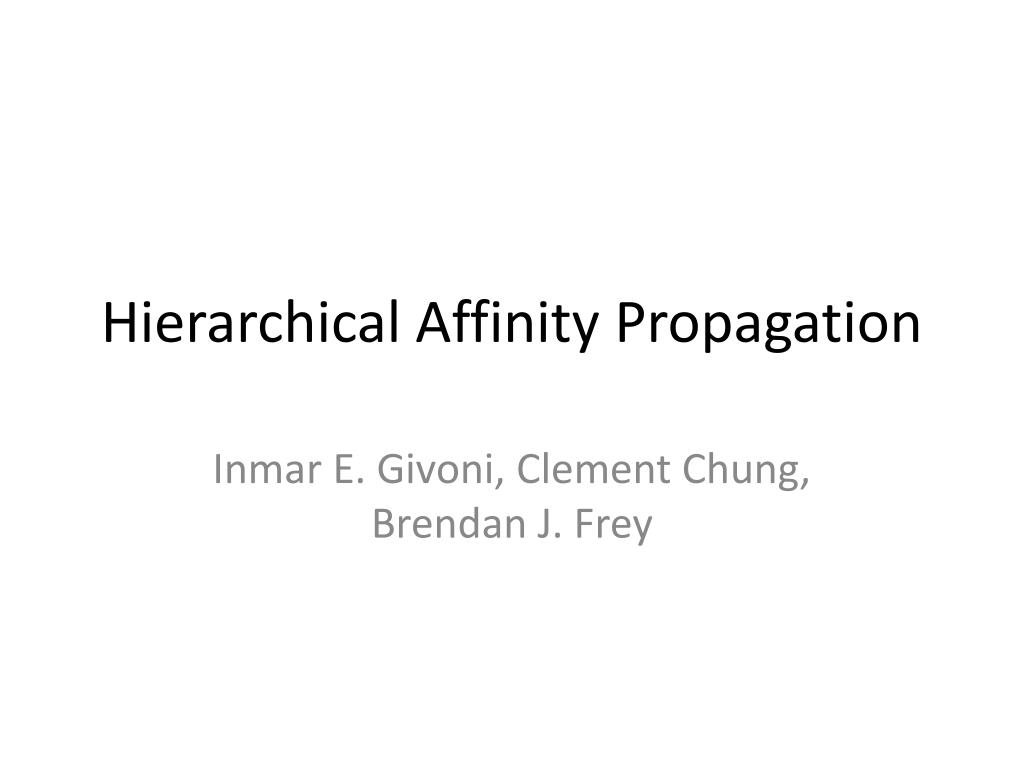

Nonmetals like to gain electrons to form anions to have a fully stable electron shell. Nonmetals: Generally, nonmetals have more positive electron affinity than metals.Mercury most weakly attracts an extra electron. The electron affinity of metals is lower than that of nonmetals. Metals: Metals like to lose valence electrons to form cations to have a fully stable shell.This affinity is known as the second electron affinity and these energies are positive.

However, more energy is required to add an electron to a negative ion which overwhelms any the release of energy from the electron attachment process. By convention, the negative sign shows a release of energy. This affinity is known as the first electron affinity and these energies are negative. When an electron is added to a neutral atom, energy is released. To use electron affinities properly, it is essential to keep track of sign. Electron affinities are more difficult to measure than ionization energies.Ī fluorine atom in the gas phase, for example, gives off energy when it gains an electron to form a fluoride ion.į + e – → F – – ∆H = Affinity = 328 kJ/mol Note that, ionization energies measure the tendency of a neutral atom to resist the loss of electrons. In other words, it can be expressed as the neutral atom’s likelihood of gaining an electron.

The change in energy (in kJ/mole) of a neutral atom or molecule (in the gaseous phase) when an electron is added to the atom to form a negative ion. In chemistry and atomic physics, the electron affinity of an atom or molecule is defined as:


 0 kommentar(er)
0 kommentar(er)
